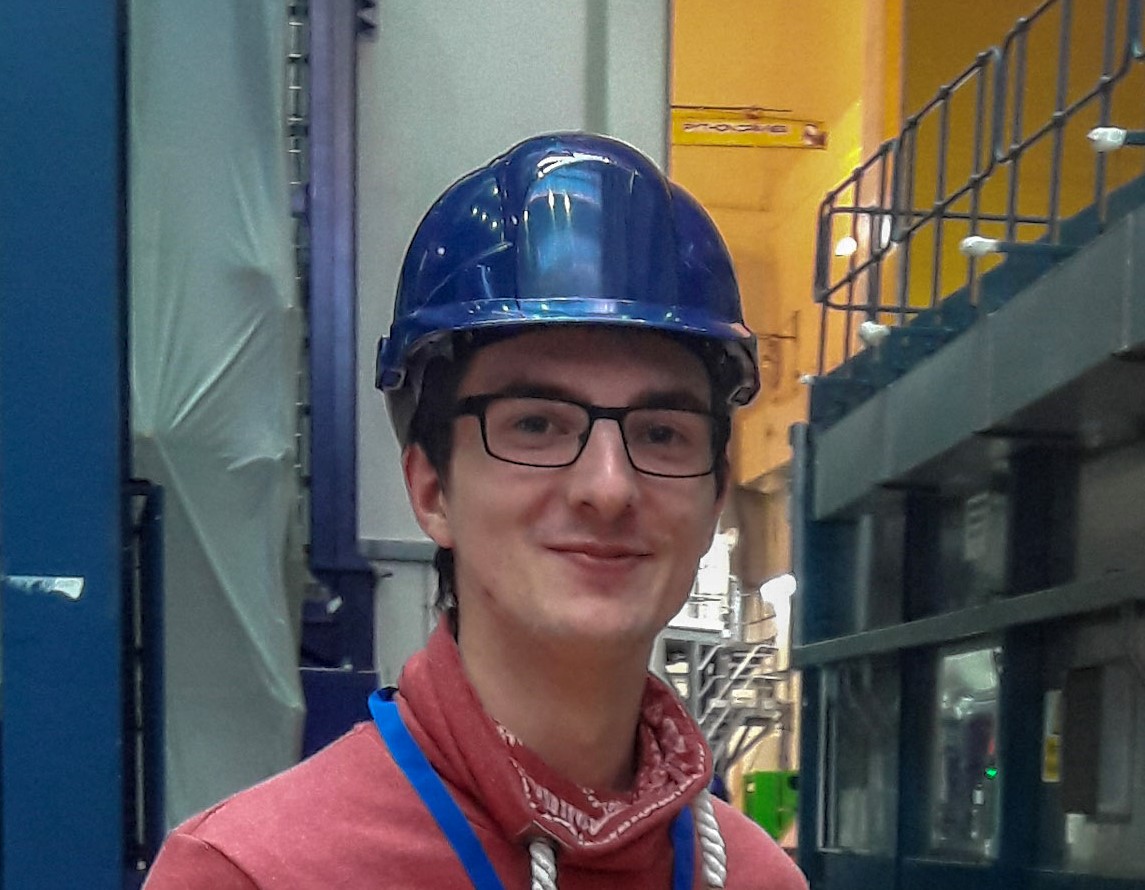 In the frame of my Master's thesis, I worked at the Culham Centre for Fusion Energy (CCFE) for 6 months on the data analysis of the JET lithium beam diagnostic. This diagnostic is a crucial-edge electron-density diagnostic. Using a spectrometer, the beam-emission profile can be observed and reconstructed. In recent years, a statistical code has been implemented to derive the electron-density profile from the beam-emission profile. However, a proper estimation of the beam-emission-profile uncertainty is necessary for the statistical code to run properly.
In the frame of my Master's thesis, I worked at the Culham Centre for Fusion Energy (CCFE) for 6 months on the data analysis of the JET lithium beam diagnostic. This diagnostic is a crucial-edge electron-density diagnostic. Using a spectrometer, the beam-emission profile can be observed and reconstructed. In recent years, a statistical code has been implemented to derive the electron-density profile from the beam-emission profile. However, a proper estimation of the beam-emission-profile uncertainty is necessary for the statistical code to run properly.
I implemented a new analysis code deriving the beam-emission profile. This new code includes a camera-smearing and cross-talk-correction algorithm and is based on fitting the beam-emission line to derive its intensity. An uncertainty analysis and its propagation were implemented as well. I also spent time to understand and document the statistical code, which was applied on plasma data and improved in different ways.
These 6 months at CCFE were very instructive for me. I learned many things on how an experiment like JET is run and how a tokamak is operated. I also discovered how measurements are taken in a tokamak and what the difficulties are.The project was very challenging and interesting. In addition to tokamak-related knowledge, I learned some important cross-disciplinary skills as well. For example, I had the opportunity to learn more about Bayesian analysis, developed some very useful Python programming skills, and studied in detail how a frame-transfer CCD detector works. More importantly, I met many other scientists and learned a lot from their experience. This opportunity, made possible with the help of a FuseNet grant, was without a doubt an excellent complement to my formation.
- Antoine Baillod
